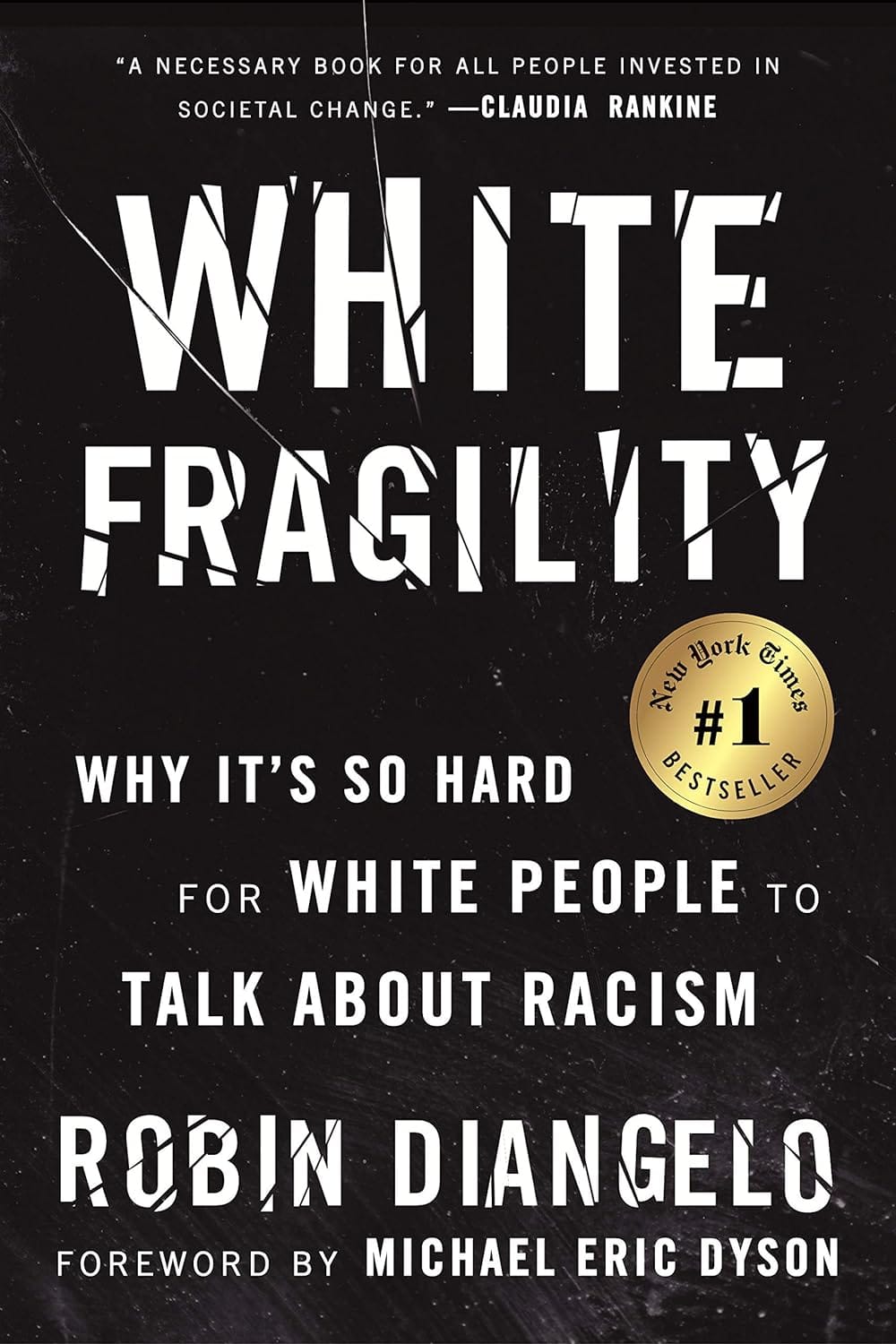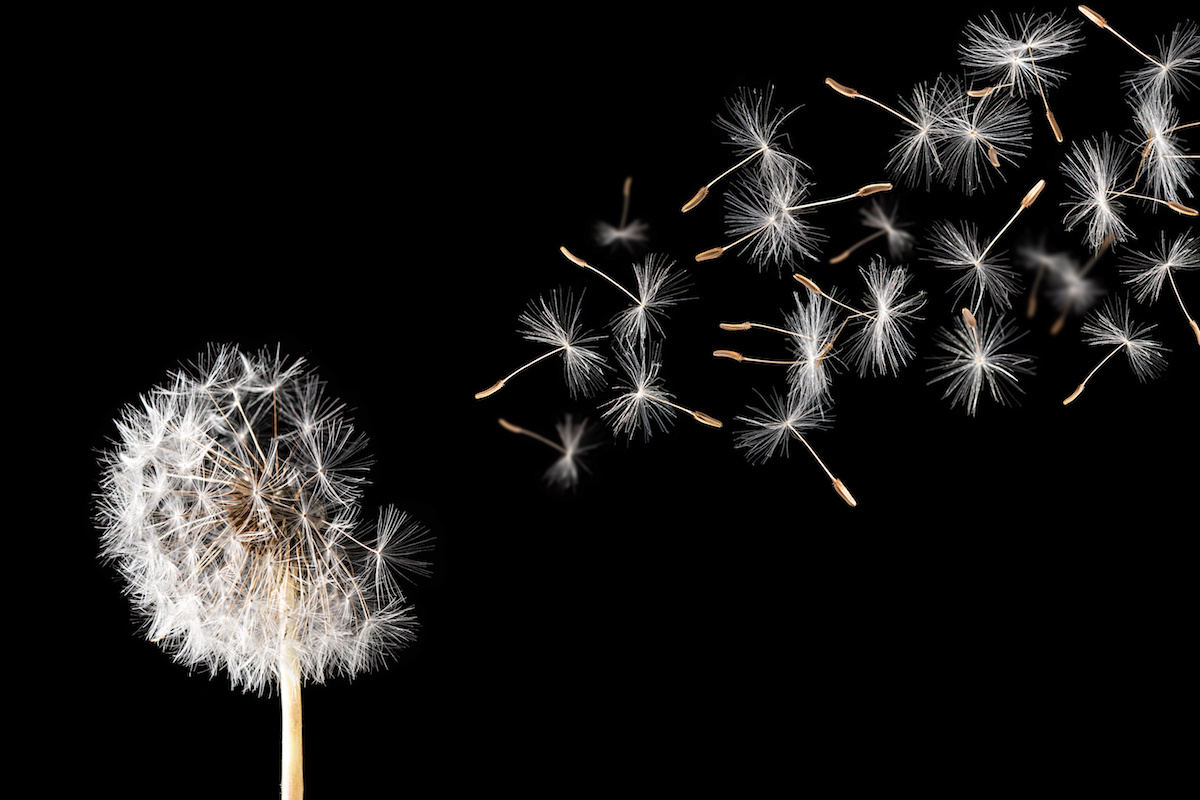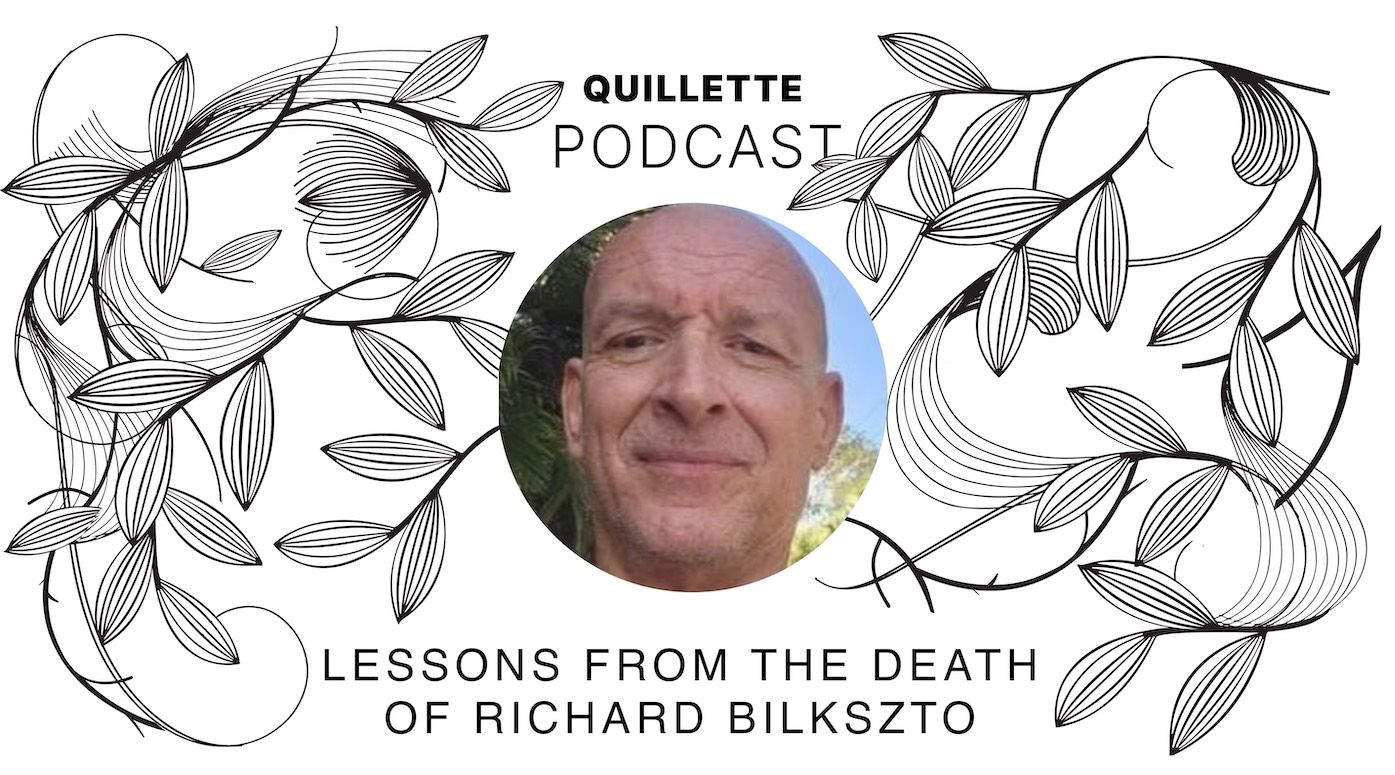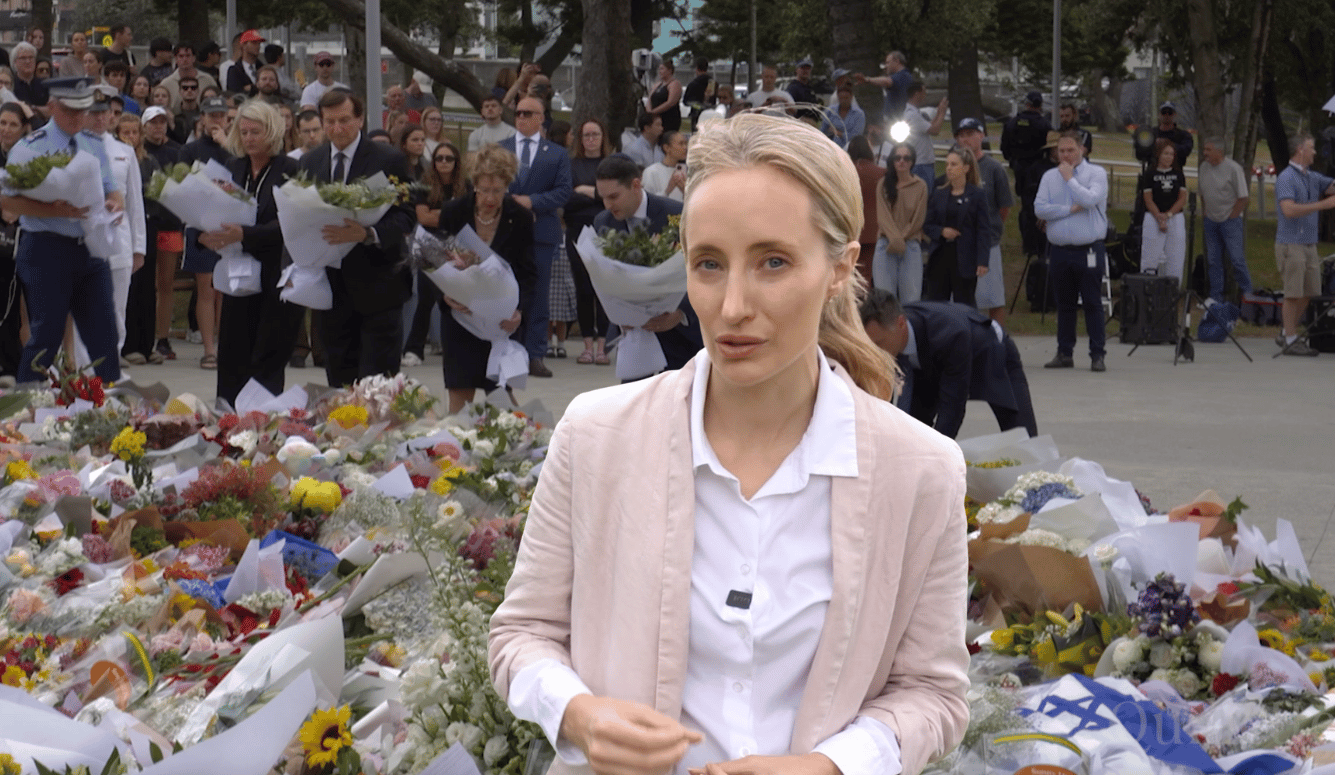Activism
A Closer Look at 'White Fragility' Theory
Why might a social psychological concept gain such broad traction despite being poorly defined and weakly researched? Perhaps because it is true.

Elizabeth* is a progressive activist who signed up for a multi-day racial equity training course. The organizers opened by telling participants—which included white, black, and multi-racial people—that they were creating a safe space to discuss difficult topics. However, white attendees were then informed that, as beneficiaries of institutional racism, they were complicit in racial injustice and that expressions of dismay or guilt were inappropriate and unwelcome. “I’m tired,” announced the course leader, “of white women’s tears.” During the course, Elizabeth—who is white—kept many of her feelings to herself.
Morgan, a progressive leader in a voter organizing coalition, also learned over time to hold her tongue. “I can’t disagree publicly with one of my peers of color,” she said, without the risk of being perceived as a racist.” A biologist working on rural land management made a similar comment, noting that several colleagues had moved on as disagreements with a black manager about species at risk got interpreted through a racial lens.
Peter, a white male, sat on the board of an environmental organization known for strong analytics. An internal memo from the DEI (Diversity, Equity, and Inclusion) Committee described an emergency storm response as racially biased. Peter acknowledged the plausibility of the claim, but since it was likely to find its way into a newsletter to the organization’s entire membership, he requested more information. He asked if this bias was due to the race-based economic inequities created by centuries of systemic racism, or if there was an additional and separate racist dimension, and if so, whether there was data to help support the claim. An email from the committee to the staff and board described such a request as racist. No staff or board members objected to this publicly. Several of them, including some on the committee, later told Peter in private that they disagreed with the email but needed “to keep their heads down.” Peter left the board shortly thereafter.

Some will say that these people all overreacted—that they were each exhibiting a psychological pattern that sociologist Robin DiAngelo has called “white fragility.” Her popular book of the same title has made the rounds in progressive communities in recent years for good reason. Exploring or confronting the effects of racism in society—or confronting one’s own ignorance or unintended insensitivity—is hard. But DiAngelo’s analysis at best overlooks relevant complexities and at worst reinforces counterproductive dynamics.

According to the DiAngelo analysis, white people are all the unconscious beneficiaries of racism. But because they are insulated from this fact, they react defensively when confronted with racial realities. This is what DiAngelo calls “white fragility.” In her own words, “White Fragility is a state in which even a minimum amount of racial stress becomes intolerable, triggering a range of defensive moves. These moves include the outward display of emotions such as anger, fear, and guilt, and behaviors such as argumentation, silence, and leaving the stress-inducing situation.”
DiAngelo describes these feelings and behaviors as mechanisms that protect white privilege by shutting down discourse and restoring white racial dominance. Such mechanisms, she argues, are evidence of weakness, demonstrating that white people lack the mental and emotional stamina to process unfamiliar situations involving racial conflict. According to DiAngelo, when a person of color confronts a white person with stories of their racial experience, or informs them that behavior thought to be innocuous is in fact racist or that opportunity is affected by race, it causes the white interlocutor “disequilibrium [that] becomes intolerable.”
Some writers have pointed out that the concept of white fragility is so broad and loose that it doesn’t qualify for social science research. As a psychologist, I tend to agree. Anything from academic critique to individual expressions of grief about race-based suffering can invite the label. To decide whether white fragility is a scientifically valid (specific, explanatory, predictive) hypothesis, one should ask and answer the following questions:
- Is this pattern of emotions and behaviors specific to white people? Is it specific to conversations about race?
- Is it in fact a single pattern, or are anger, arguing, silence, and guilt different kinds of reactions to race-related experiences?
- Do the responses that DiAngelo calls fragility actually function to restore a “white racial equilibrium,” as she claims?
- Are these patterns changing over time? If so, how? (Much of DiAngelo’s analysis draws on academic writings that are pre-millennial.)
These are all empirical questions. So, research should allow us to determine whether white fragility is pandemic or hogwash or something in between. This hasn’t happened yet, although a deep body of research exists documenting racial biases in individuals and social institutions and disparities in well-being. “Unfortunately, one finds not one example in [DiAngelo’s] work of rigorous, statistical hypothesis testing that stands the test of time,” the economist Jonathan Church has remarked. But a dearth of scholarship notwithstanding, the idea of white fragility has spread widely—it is now included in corporate DEI (diversity, equity, inclusion) trainings, popular press articles, and college courses.
Why might a social psychological concept gain such broad traction despite being poorly defined and weakly researched? Perhaps because it is true. Sometimes in social science, a new term captures a widespread phenomenon that was simply awaiting a label. But there are other possibilities—ideas can be sticky or contagious for lots of reasons, independent of their truth. In the case of white fragility, at least part of the stickiness may result from the way the concept is defined and deployed.
- Circular logic: An accusation of white fragility will tend to elicit the very feelings it is said to reveal. People will naturally react angrily or defensively if they feel they are being attacked, and these reactions are said to be defining characteristics of white fragility. In this sense, it is like telling a woman that women are hypersensitive, then watching her get upset and saying, “See?”
- Opacity: When a concept is poorly or loosely defined, it is easier to find examples that seem to fit. This is called the Barnum effect—a psychological phenomenon exploited by mediums, horoscope writers, prophets, and evangelists, all of whom can make a vague description seem supernaturally accurate. The Barnum effect relies on confirmatory thinking: our brains identify the parts that match and ignore the rest.
- Rejecting research: Some gender justice and racial justice advocates are working to change modern theories of knowledge. They want to elevate lived experience, anecdote, intuition, narrative, and traditional wisdom so that testimony is equal—or even preferable—to aggregated data and research. Science (with its limitations and potential abuses) is seen as a white male way of knowing, whereas lived experience is equally available to all, including those with limited access to education and other means of empowerment. Truth is defined by whether something feels real to those affected. In this context, the lack of research around white fragility may be a matter of indifference or even a plus to those who find the idea resonant.
- A subtle yet satisfying insult? Discourse about white fragility seeks to change or suppress certain emotions and behaviors by shaming them. If attached to a different tribal moniker—female fragility, Arab fragility, Muslim fragility—it would surely be considered an unacceptable slur. But attached to “white,” fragility functions as an equalizer. For people weary of racism and inequity, this can provide a sense of morally righteous satisfaction.
The idea of white fragility may also resonate because it is consonant with the current dominant paradigm for examining race relations, which academics call critical race theory.
- Tribes, not individuals: Critical theories (e.g. critical race theory, critical gender theory) divide the world into tribes of oppressed and oppressors, members of which are thought to either benefit or suffer from oppression. Since the focus is on group history and norms by design, discourse doesn’t necessarily reflect the complexity and variation in individual lives. (Indeed, in critical theory a focus on individual differences or personal agency is actively rejected as perpetuating racism or sexism.) But those who don’t fit the group mean balk at narratives that don’t reflect their experience.
- Competition vs. inclusion: Anti-racism rooted in critical theory tends to take a breaking rather than bridging approach to conversations about race—focusing on inter-group differences and power hierarchies rather than the human universals that undergird more traditional social liberalism. Activists vie for greater power through practices including “calling-out,” “reverse discourse,” “racial caucuses,” and “punching up.” Unsurprisingly, this confrontational approach provokes defensiveness from those asked to relinquish power more than anti-racism work that focusses on our shared humanity.
- Guilty either way: In critical theory, the concept of racism operates in much the same way that original sin operates in biblical Christianity—people are guilty by virtue of birth. The only correct response is the acceptance of sin, repentance, and conversion. Other responses, such as disagreement, critiquing, or rejecting culpability, are taken as proof of guilt. If someone protests that they don’t need Jesus, that is proof that they do. Regardless of setting, double-binds of this sort often elicit confessional tears or defense and withdrawal rather than self-examination and reflection.
- Denying progress: It’s not uncommon for an activist steeped in critical theory to insist that racism is as bad today as it was before the Civil Rights Movement. This might seem odd given the trajectory of history, but the concern is that there is a lot of work left to do and acknowledging progress encourages complacency. Perhaps if members of both oppressed and oppressor tribes feel bad enough about the status quo, they will do something about it. They may, but the opposite can also be true. Failure to acknowledge progress can lead people to become skeptical about factual accuracy, or mutually resentful, or hopeless and disengaged—all of which looks a lot like fragility.
Those who promote white fragility theory say they hope to advance racial equity. They say they want white people to listen to others whose experiences differ from their own. They say they want greater recognition of the residual racism that can bedevil social structures, laws, and institutions, and greater recognition of how related harms cascade through generations. They say they want to create a larger army of anti-racist warriors. These are laudable goals.
And to some degree, the approach may work. Certainly, the concept of white fragility has resonated with millions of progressive activists. But there is at least some evidence that high pressure, judgment-laced DEI trainings can cause backlash that only aggravates racial animus. What pulls some people into greater cross-racial sympathy may erect an unnecessary barrier for others by fostering a sense of difference rather than solidarity. Even those who share goals may react negatively to such tactics.

“I’ve struggled with PTSD most of my life,” says Skyler, a white progressive activist who finds the fragility label demeaning. “I know what it means to have a generalized reaction to everyone who looks like the people who hurt you. My default response to my friends of color is to assume they’re walking around with possibly even bigger loads of this same reactive fear, and it doesn’t take much to trigger it. I get that they’re processing this oppression shit all the time, just as I am. I understand; truly, I do. But understanding doesn’t mean that I have to silence myself, or give up my basic human dignity, or even do what I’m told.”
Worse than alienating activists like Skyler, is the risk that lumping people into racial boxes, even when tactically effective, strengthens the very cognitive frameworks that we hope to dismantle, making it a near-term win with a long-term cost. Social reformers since biblical times have fought long and hard to combat humanity’s tendency toward racial essentialism—the belief that inborn differences based on race define us as individuals, whether Jews and Samaritans or Han and Tibetan or American white and black.
People who write about “whiteness,” like DiAngelo, say repeatedly that they are talking about social structures, not about biology and skin color. But in practical application this distinction disappears: At the level of individuals and group dynamics, “whiteness” and white skin color become synonymous. Inborn characteristics rather than degree of participation in racist social structures defines a person’s social standing and the value of their lived experience or ideas.
Racial bias is a powerful human tendency—a part of the broader phenomenon that psychologists call “similar-to-me bias.” Even committed anti-racists have a hard time getting away from humanity’s tribal instincts. White fragility theory simultaneously rejects racial essentialism and embraces it. Perhaps this paradox reflects where many Americans are in the long arc of struggle toward equity and justice. Most Americans agree that racism is bad, but we also find oversimplified tribal labels appealing. The concept of white fragility plays to both sides of our ambivalence on the topic, and that is where it fails. It excuses us from wrestling more personally with racial essentialism and humanity’s tendency toward bigotry.
*Elizabeth, Morgan, Peter, and Skyler are pseudonyms.






